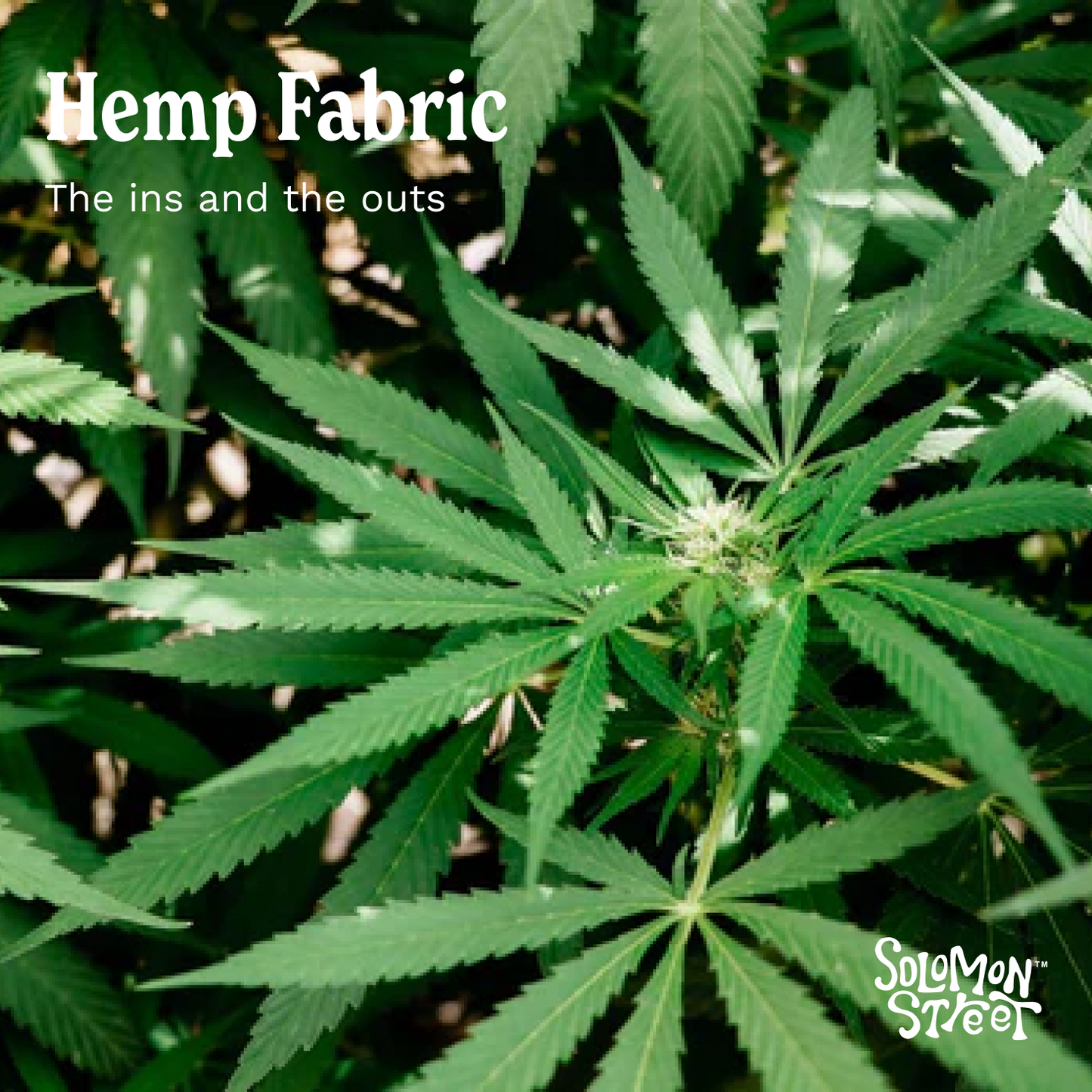
The two components of a garment production cycle that create the most waste and exploit the most people is in the fabric production and the garment sewing (also known as CMT).
Our fabric is all produced sustainably and ethically.
About hemp fibres:
Hemp is an incredibly old fibre which can be traced back 8000 BC in the Middle East and China where it was used for textiles, ropes, fishnets, the oil for cosmetic purposes and the seeds for food. It is a fast growing plant (no wonder its called weed!), requires very little water, and uses minimal nutrients from the soil. Hemp plant roots aerate the soil, leaving it rich for future crops. It has a huge yield of 1500 pounds of fibre per acre (compared to 500 pounds from organic cotton) and doesn't require any pesticides or herbicides. The umbrella shape of the plant means it doesn't require herbicides as it out-competes any weeds for sun.
Hemp fabrics are strong, absorbent, durable, and insulating which mean they often take time to wear in, but last a very long time once worn and washed a few times. They don’t stretch out of shape which makes them a perfect upholstery fabric, because it can be pulled tight and retain its shape. Cotton fabric is softer and more comfortable against the skin than hemp fabric, which is why the two are often combined for fabrics, you get the best of both!
Our manufacturer grows over 600,000 square yards of organic hemp, meaning their yield is one of the highest and most sustainable in the world. They use of rainwater for irrigation which reduces water consumption, while free-grazing cow manure is used to fertilize. Hemp is naturally antibacterial and there is no use of pesticides used in their fields. The hemp plant naturally grows very densely (hence a high yield!) which also means there is no need for pesticides as the plant naturally out-competes any weeds for sunlight.
Hemp grows roots that penetrate deep into the soil, which increases nutrients in the soil and eliminate weeds and diseases. Planting hemp contributes greatly to the balance of CO2 content in the atmosphere. One hectare of hemp can sequester and store 20 tons of CO2 in the cellulose carbon and another 500kg of CO2 in the soil within one hundred days growth cycle.
In addition, hemp plant cells have the ability to avoid damage from heavy metal ions, which selectively concentrate in the roots of plants. This means that hemp is an excellent natural heavy metal adsorbent, which has an effective cleaning effect on water and soil in the area.
Our fabric is made from the ‘bast’ hemp plant variety, cultivated in the mountains of Northern China; comfortable, breathable, and cool to the touch. It is a luxurious textile that can be woven to be soft and fine or thick and durable. It is one of the strongest, natural fibres and its antibacterial properties as well as its resistance to UV rays make it ideal for athletic wear.
Hemp in short...
- strong
- improves land
- takes time to wear in
- often combined with organic cotton
- doesn't use much water to grow
- no pesticides
- mechanically processed
THE BENEFITS OF HEMP CLOTHING:
Breathable fabric,The cracks distributed on the surface of hemp fiber are connected with small holes, which makes it excellent in moisture absorption and sweat discharge. It is estimated that wearing hemp fabric, compared with cotton fabric, can reduce the body temperature by about 5 ℃.
Antibacterial mould suppression, Hemp fiber is hollow, usually rich in oxygen, so that anaerobic bacteria can not survive. According to the analysis and determination of high frequency plasma emission spectrometer, the hemp fiber also contains phenolic substances, which can resist a variety of microorganisms and damage the formation of mold microorganisms. Therefore, hemp fiber has excellent anti-mildew and bacteriostatic effect.
Antistatic, The molecular structure of hemp fiber is stable and the capacity of generating static electricity is very low. Therefore, the hemp textile will not cause discharge, dust adsorption and pilling due to the clothing swing friction.
FABRIC CERTIFICATIONS:
Organic Content Standard 100 Certificate of Compliance
WANT TO READ MORE?:
Global Organic Textile Standard
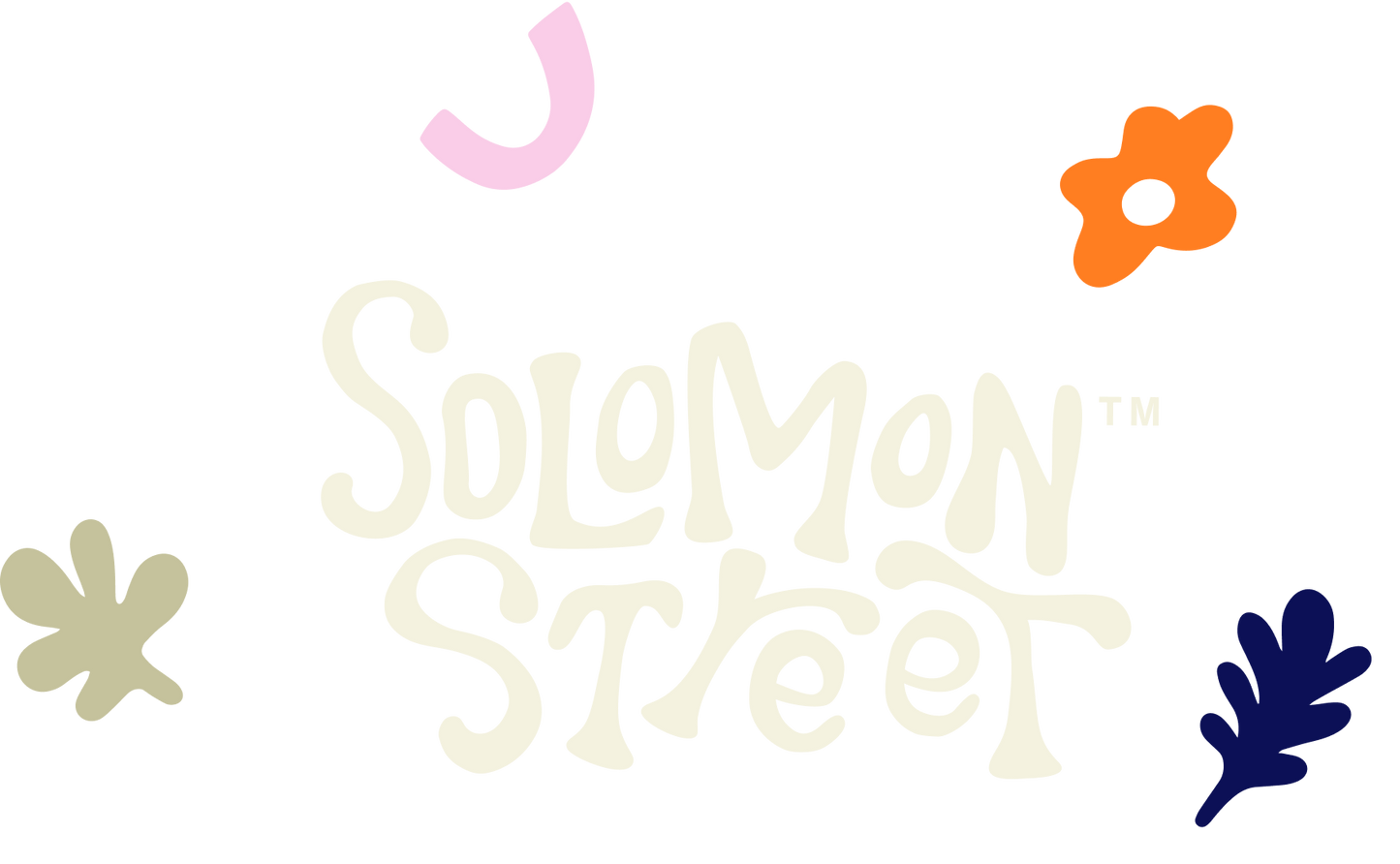
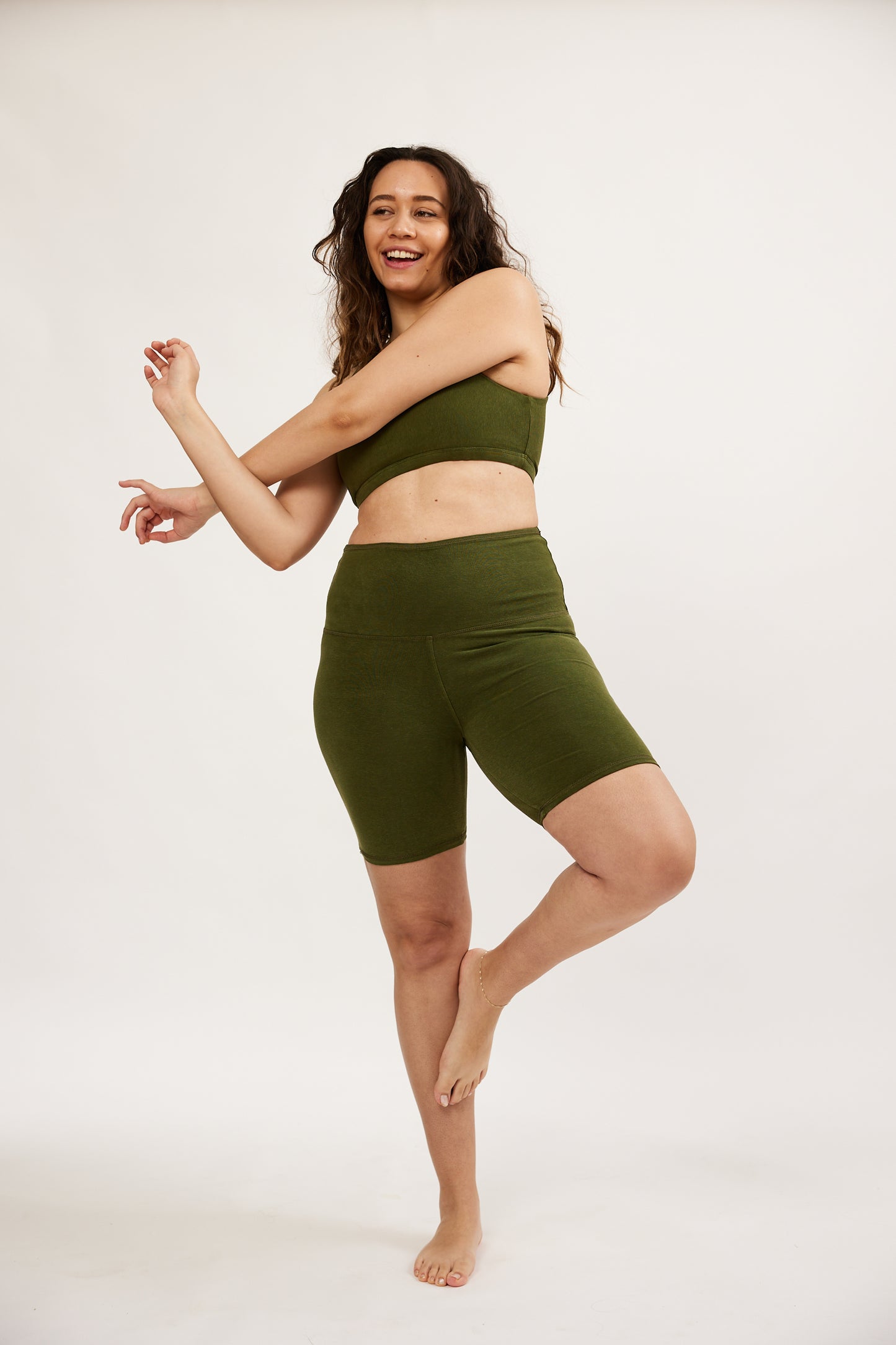
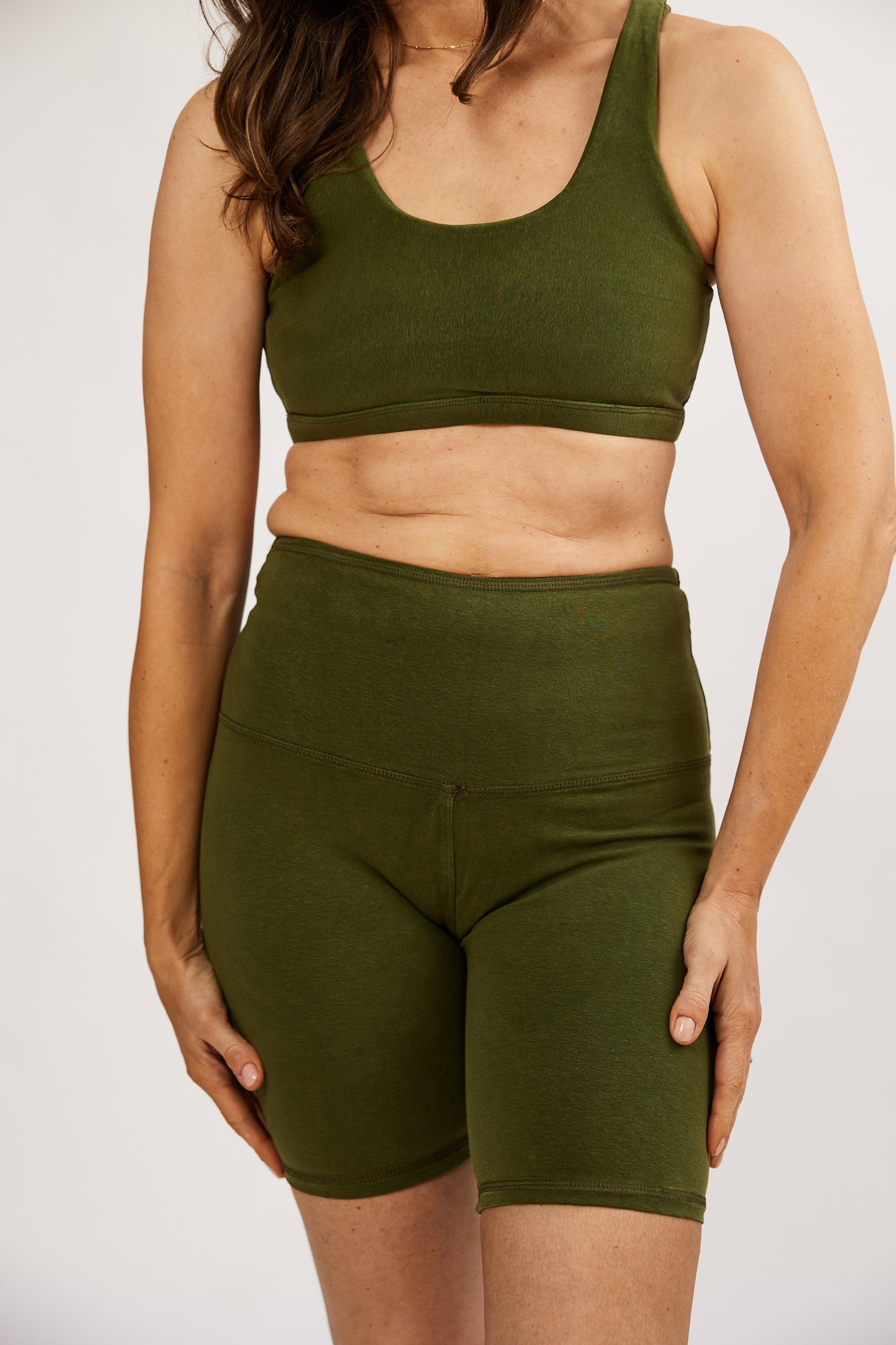
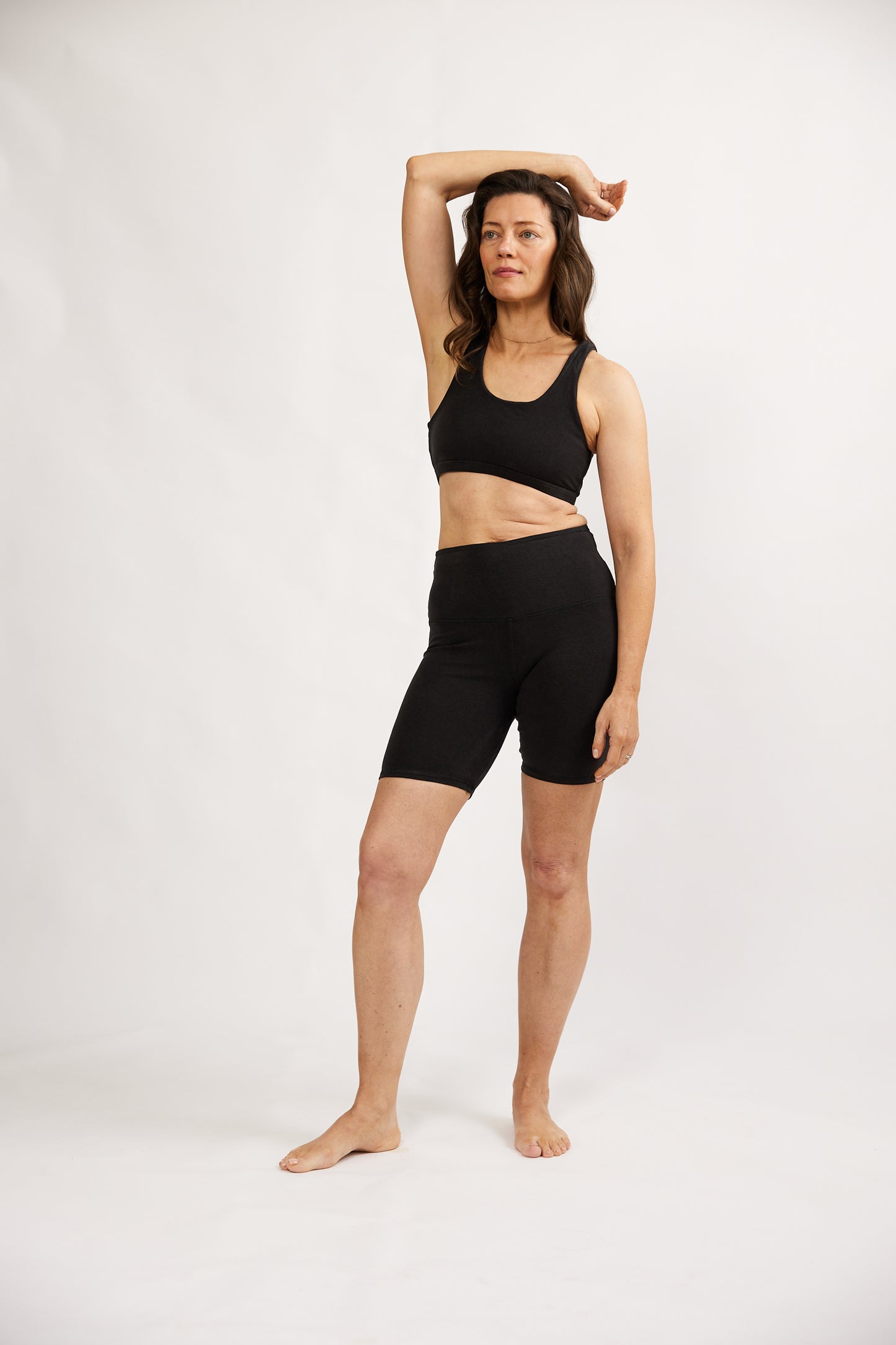
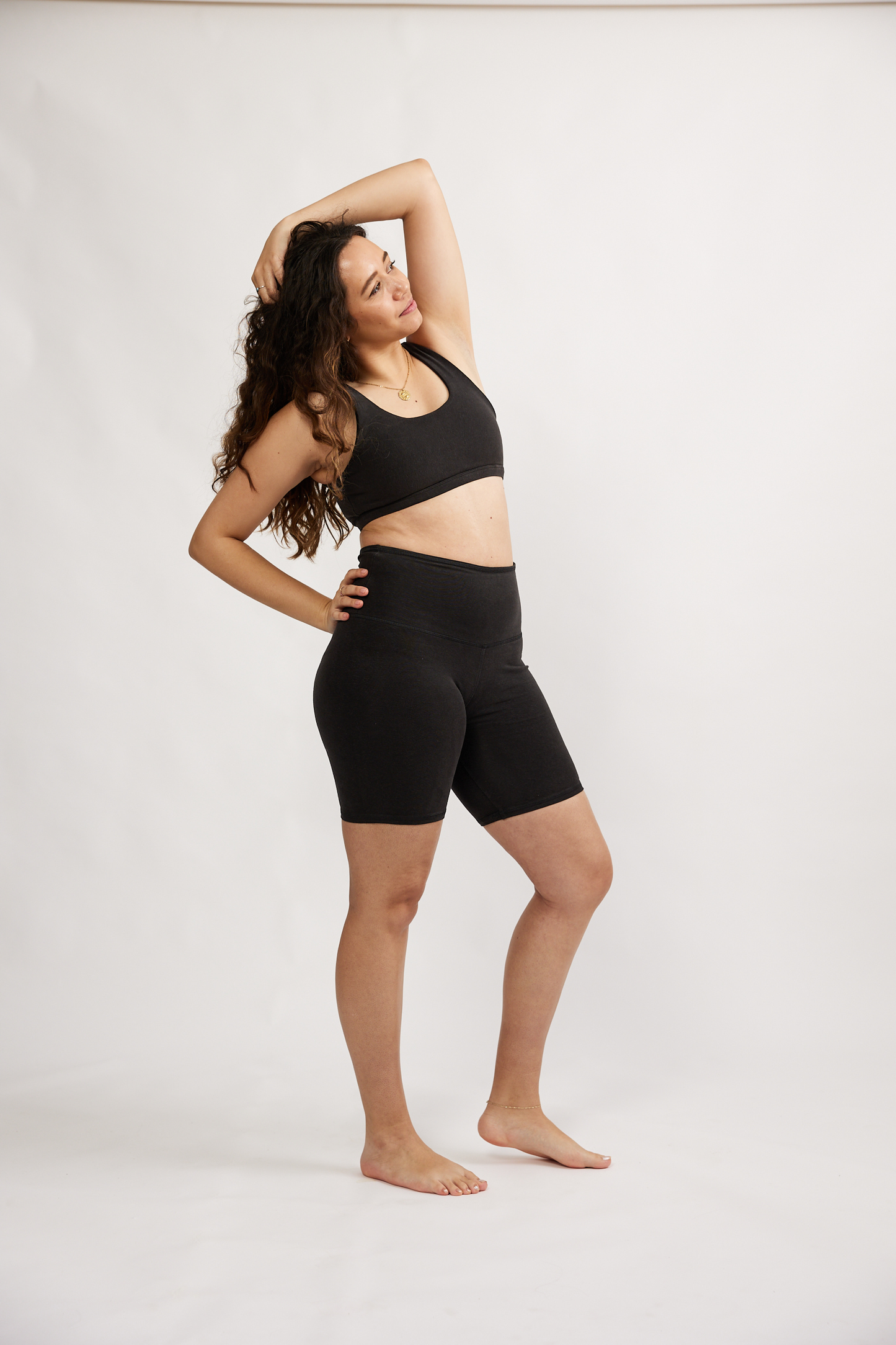
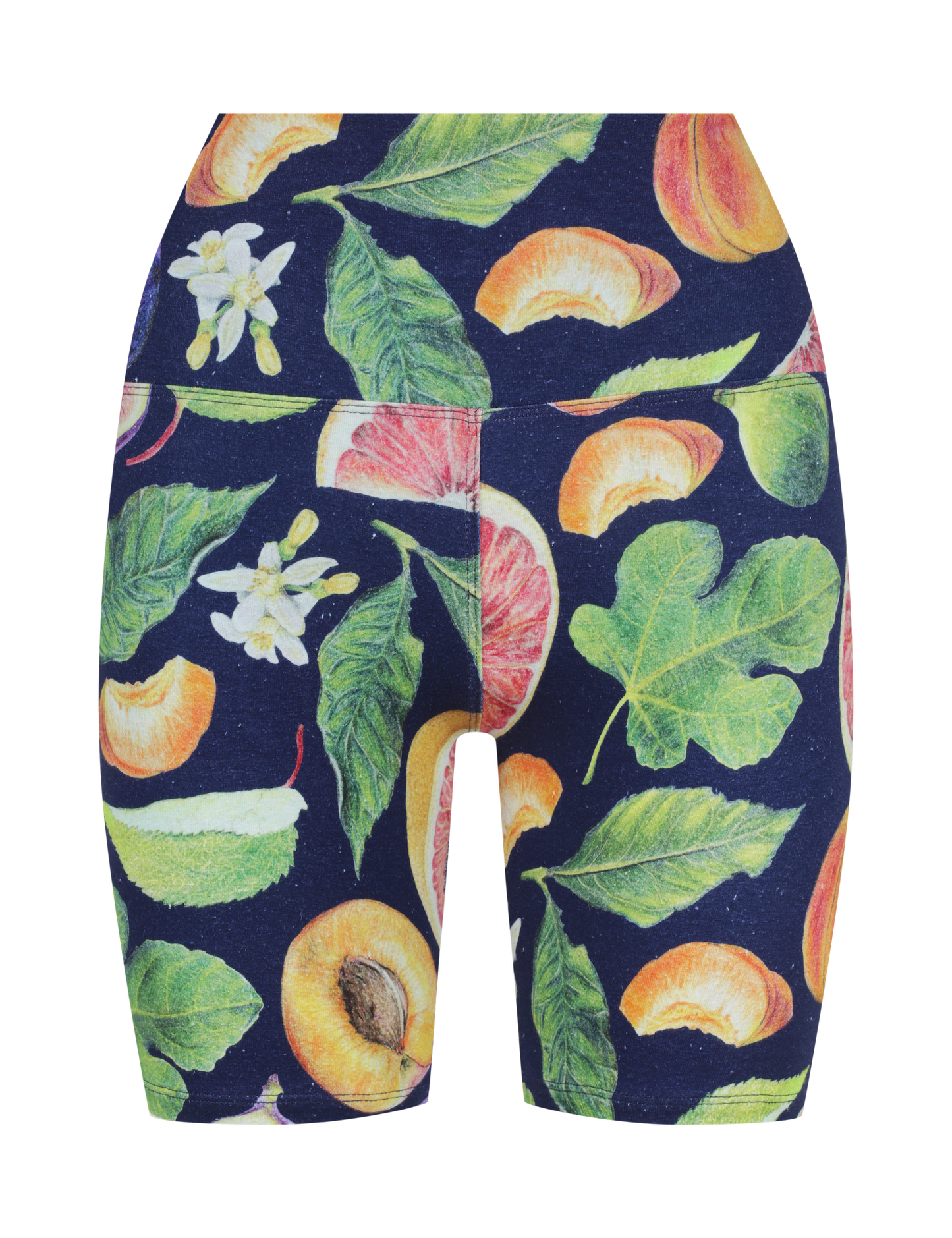
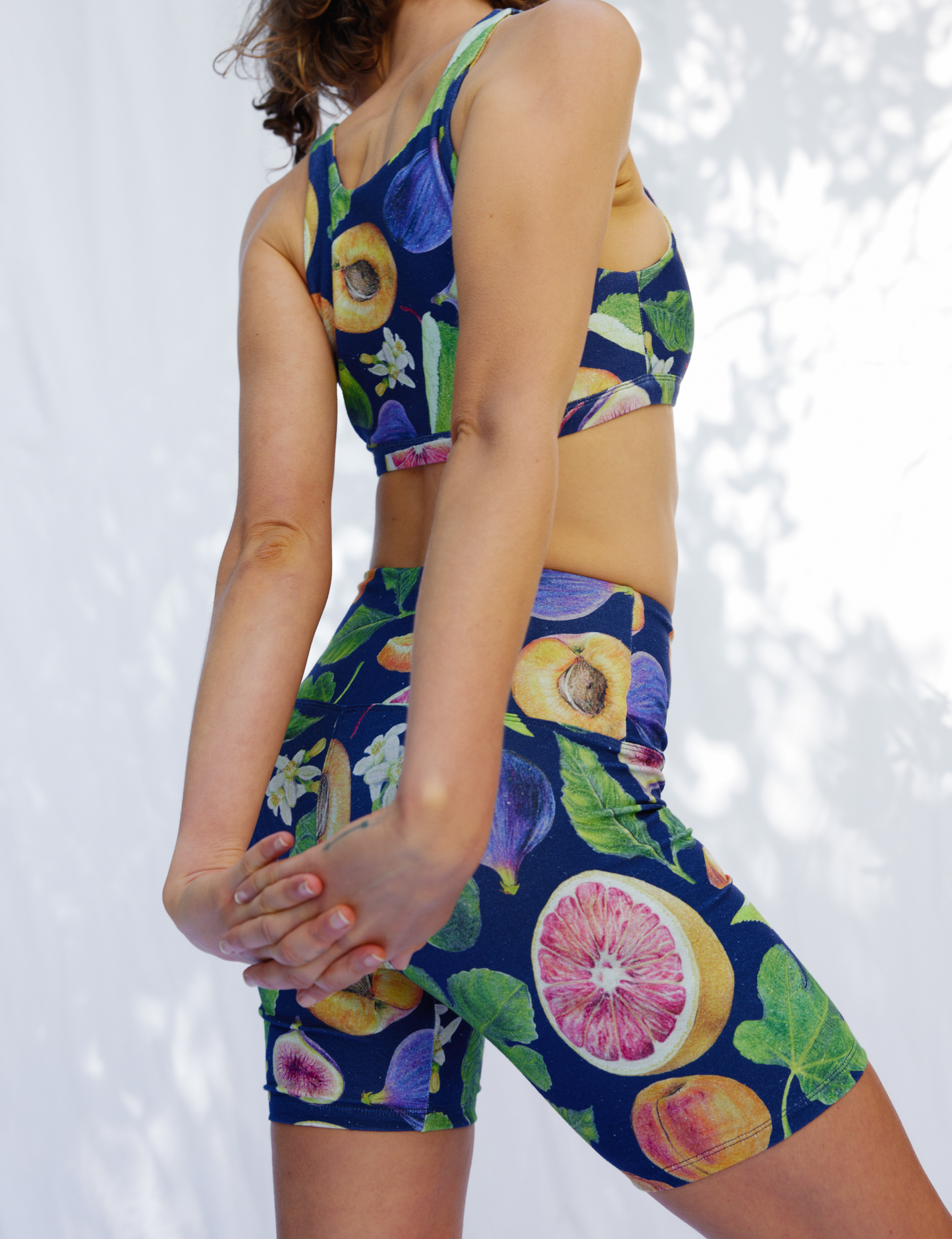
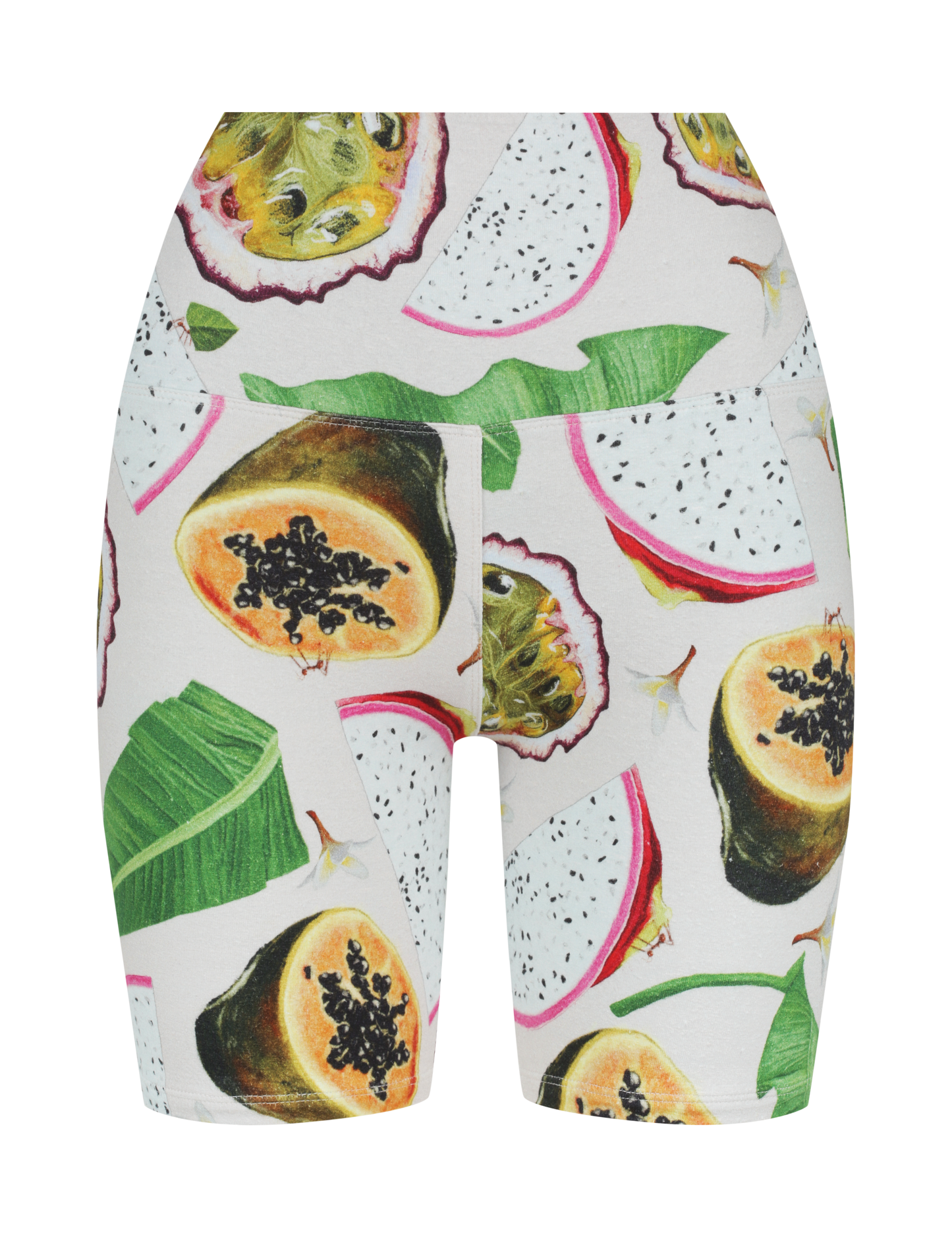
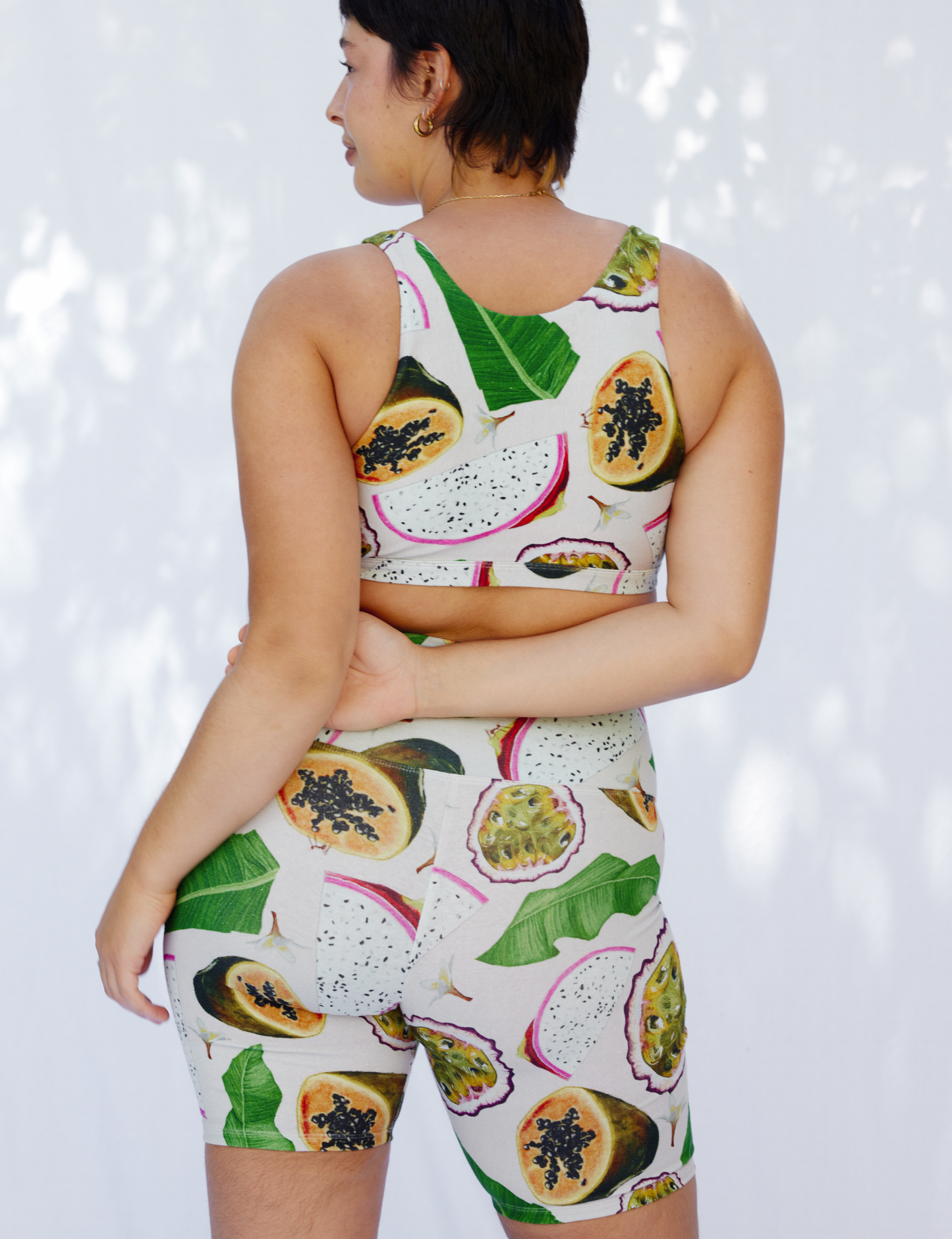
Comments
It’s great that you mentioned how the fiber in hemp clothing is perfect for moisture absorption and sweat discharge because of the cracks distributed on the surface that are connected with small holes. I just registered for yoga classes that will start next week, and I wanted to get proper attire for them. Hopefully, I’ll be able to find a clothing store that sells hemp activewear near me. https://www.zonebylydia.com/pages/hemp-clothing